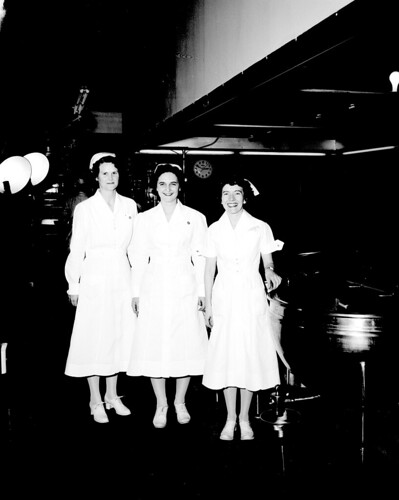Marguerite Carruthers, day-care mom of perhaps more than one hundred Beacon Hill kids, was killed in a car accident in Kent last week, at the age of 97. From 1950 to 1988, “Mrs. C” ran a day care center in her home near 15th and Snoqualmie. A memorial is to be held at 11:00 am on Friday at St. Stephen the Martyr Catholic Church, 13055 Southeast 192nd Street, Renton. All of Mrs. C’s day care kids are invited.
More from the Seattle Times. See also KOMO, where there is a recent picture.
Category Archives: History of the Hill
Beacon Hill nurses in 1951
Van Asselt celebrates 100th anniversary; old annual illustrates life on 1920s Beacon Hill
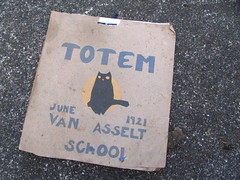
This year is Van Asselt’s final year at the original site, as the school district has decided to close the Van Asselt building and move the program to a new location at the current African-American Academy site, further south on Beacon Avenue.
To mark this bittersweet occasion, the community, former staff and students, and current and future Van Asselt families are invited to a 100th Anniversary celebration and reunion on June 12, from 4:30 – 7:30 pm at the school, 7201 Beacon Avenue South. The event will include an open house and tours by students and staff in historical costumes, musical performances, speeches from community leaders and students, historical displays, and a cake and snack reception.
Lissa Munger from Van Asselt says, “We’re also collecting stories and memories from Van Asselt’s past. These can be sent to me (ecmunger@seattleschools.org), or to VanAsselt100@gmail.com. ”
The photo to the right is of a particular Van Asselt memory, a 1921 annual, that we discovered recently.
The Totem Annual, Volume II, June 1921, is a collection of mimeographed pages in a construction paper cover. It was produced by the seventh grade class that year, and the staff included Editor-in-Chief Helen Mance, department editors Elizabeth Wallace, James Scott, Arlee Baer, Martha Hansen, and Walter White, and illustrator Tom Petersen. The students included poems, historical drama, book reviews, and dreams of their futures. Unlike some school annuals, this one doesn’t contain student pictures.
Read on to see some excerpts from the Totem (there are a lot of them):
Continue reading Van Asselt celebrates 100th anniversary; old annual illustrates life on 1920s Beacon Hill
Beacon Hill past and present: Hinds, 14th, and Columbian Way
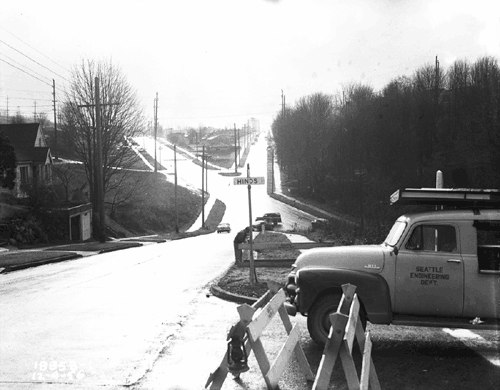
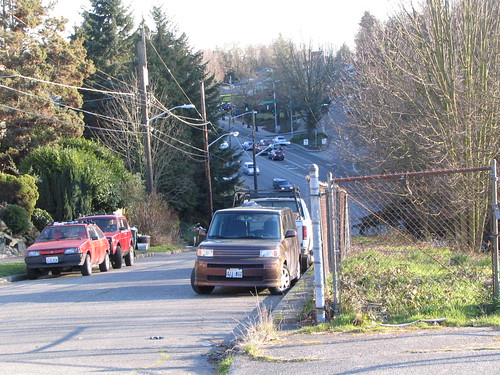
There are a few changes from the 1956 photo to today, though the site is still clearly recognizable. This is just north of where Columbian Way carries the I-5 and West Seattle Bridge ramp traffic up toward Beacon Hill.
In the 1956 photo, there are much fewer trees and plants than we see in the modern view. The empty lot on the left side of the old photo is now the big apartment building at Columbian and Spokane, though it’s hidden behind trees in the new photo. The Columbian/Spokane intersection is rather busy now, but there’s no obvious traffic signal there in the 1956 photo.
The sidewalk on the right side of 14th no longer exists; the space is now blocked by a chain-link fence. And the car turning right onto Columbian at the bottom of the hill is doing something that is no longer legal; 14th is a one-way street going northbound in this area now. However, while I was taking the current-day photo, a car sped past me, down the hill, and took the right turn anyway.
Here’s another 1956 photo of this location:
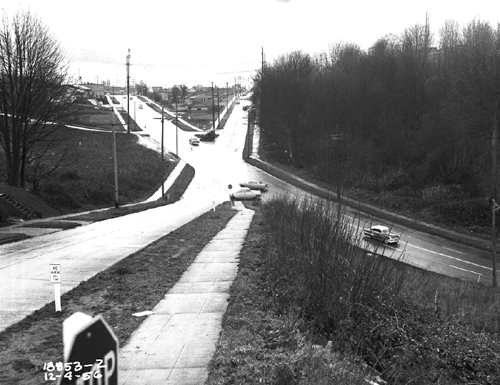
Beacon Hill past and present: Hothouse no more
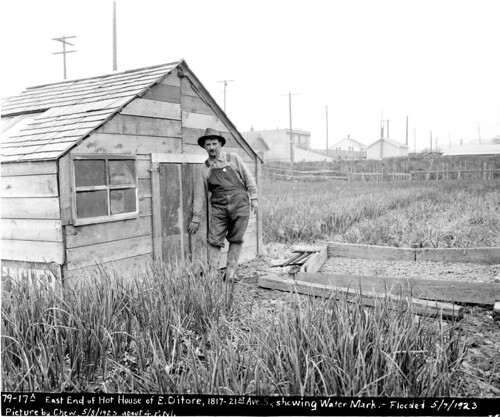
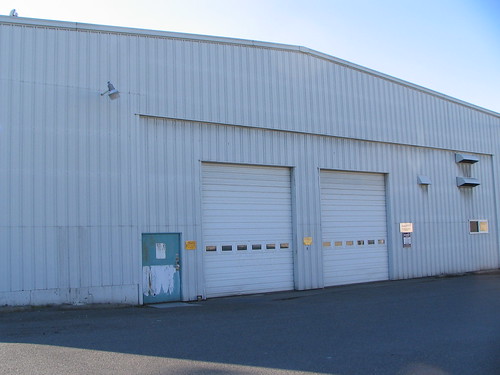
At first glance this is one of the less-recognizable past/present photos we have. In 1923, there was a considerable amount of farming in this lower Beacon Hill/upper Rainier Valley area, an Italian neighborhood, but now this spot just off Rainier Avenue, in the 1800 block of 21st Avenue South, is just a big ugly warehouse.
Still, something has survived. See the apartment building behind Mr. Ditore’s hot house? If you move just a bit further north on 21st, you can see it:
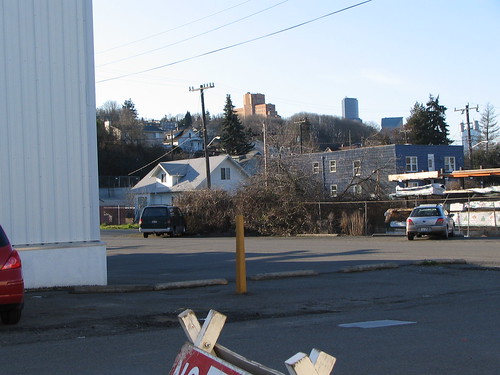
The Polk Directory for Seattle in 1923 lists Antonio Ditore, a gardener, and his wife Grace residing at this address. Though the 1923 photo is captioned “E. Ditore,” this seems likely to be Antonio. You can read more about Antonio Ditore, one of the farmers who sold at the Pike Place Market on its opening day in 1907, and see a picture of him years later with his garlic crop. (Scroll down to the post by John Ditore.)
Angetina Isernio, 1906-2009
Angetina Isernio, a long time Beacon Hill resident and mother of Frank Isernio of Isernio’s Sausage fame, passed away on February 15 at the age of 102 years old.
She was born in San Marco la Catola, Italy, in 1906. Her family later settled on Beacon Hill, where she met and married Frank Isernio Sr., who was born here in Seattle and, along with his brothers, farmed land in what is now part of Boeing Field, and sold produce at Pike Place Market. She raised rabbits and chickens in the backyard of their Beacon Hill family home (where she lived for 70 years of her life) while Frank Sr. raised vegetables. Together, they raised two children, Gloria and Frank.
Angetina’s homemade sausages from the family recipe eventually inspired Frank Jr. to found his gourmet sausage business. Angetina made a special effort to contribute to his success, by going around to local grocery stores and asking the meat department managers “Do you have any of that wonderful new Isernio’s Italian Sausage?”
A funeral mass and life celebration will be held at Saint George Catholic Church, 5306 13th Avenue South, this Saturday, February 21, 10:00 am. There is an online guestbook/memory book to post your memories of Angetina Isernio.
Beacon Hill past and present: movies on Beacon Avenue
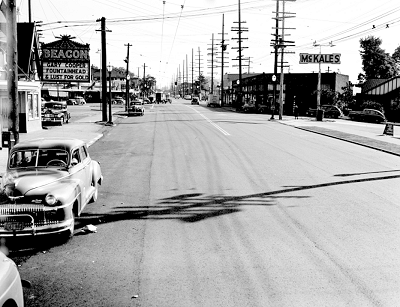
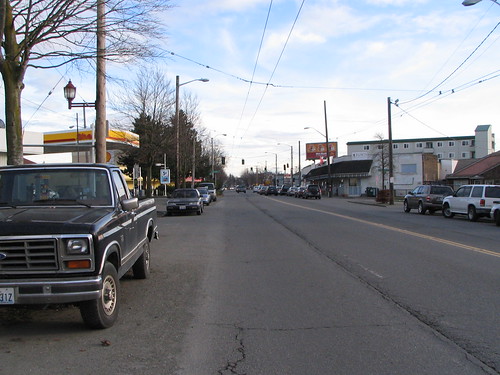
Some of the sadder losses to Seattle are the neighborhood theaters that used to exist in just about every part of the city, including Beacon Hill. On the left side of the “past” photo, you see the Beacon Theatre at 2352 Beacon Avenue South, then showing a double bill of Gary Cooper and Patricia Neal in The Fountainhead, and Glenn Ford and Ida Lupino in Lust For Gold.
The Beacon was previously the Grey Goose Theatre, and featured a pipe organ, installed in the 1920s to play music with the motion pictures of the day. The theater was demolished in 1964.
The 1949 photo looks very different from the modern scene on the left side of Beacon Avenue, but the right side is remarkably unchanged. The house with the vertical stripes still exists, as does the retail building to its left (though it has had changes to its façade). McKale’s service station is now a 76 gas station (just beyond the edge of the photo), but sadly, full-service gas stations have also gone the way of the old-time neighborhood movie theater.
Beacon Hill past and present: Streetcar tracks on Beacon Avenue
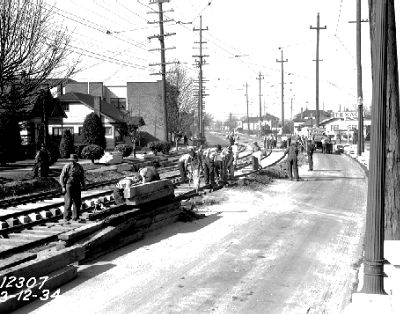
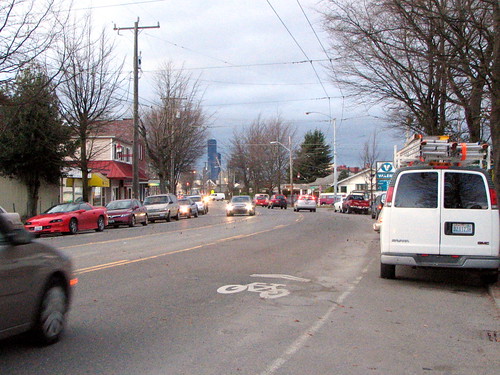
As Seattle begins to build new streetcar lines, it saddens me to think of all the streetcar lines we once had that were later ripped out in favor of buses. In the 1934 picture here, we see streetcar track work on Beacon Avenue, just south of Stevens. The site is still clearly recognizable today; particularly noticeable in both pictures are the brick apartment/retail building on the left (now home to Yoga on Beacon), the sign marking then Texaco/now Valero, and the white house just beyond the gas station.
The trolley wires overhead in the new photograph mark the last remaining vestige of our streetcar: the electric trolley buses that replaced it.
Viewing Seattle from Beacon Hill, then and now
It’s interesting that, when searching for pictures of “Beacon Hill, Seattle” online, you get a ton of pictures of the downtown skyline, from Dr. Jose Rizal Park. Frequently, our neighborhood gets defined by what it’s close to, rather than what it is. But we have to admit that the view from Rizal Park is pretty darned awesome. The view has changed over the years, of course. Here’s the view from the park, in 1986:
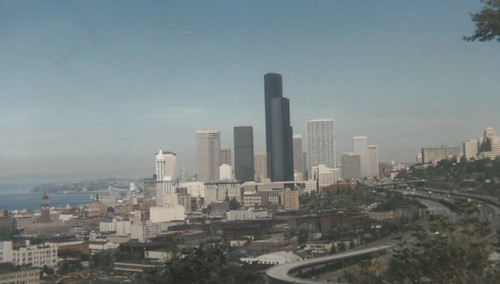
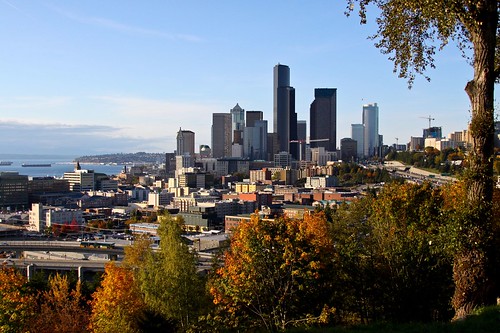
(The new picture is from the Beacon Hill Blog Flickr photo pool. There are quite a few great pics in there — why not add yours?)
